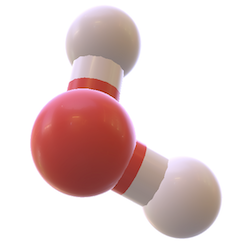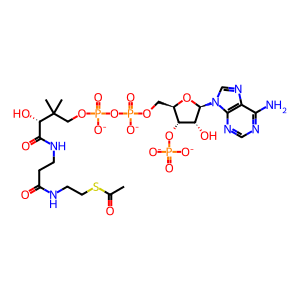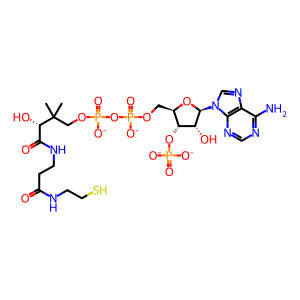Reaction: Elongator complex acetylates replicative histone H3, H4
- in pathway: HATs acetylate histones
Elongator Protein 3 (ELP3, KAT9) is the catalytic subunit of the highly conserved Elongator complex (Winkler et al. 2001, Hawkes et al. 2002, Li et al. 2005). This unstable six-subunit complex consists of two discrete three-subunit subcomplexes (Winkler et al. 2001). The core Elongator complex (Otero et al. 1999) contains IKBKAP, ELP2 and ELP3. ELP3 has motifs characteristic of the GCN5-related GNAT family of histone acetyltransferases (HATs), but the core Elongator complex has no intrinsic HAT activity, requiring the presence of a complex of Elp4, Elp5, and Elp6 proteins (Winkler et al. 2001).
The Elongator complex is directed specifically toward the N-terminal tails of histones H3 and H4, favouring acetylation at lysine-14 (K14) of histone H3 and lysine-8 (K8) of histone H4 (Winkler et al. 2002).
Yeast Elp3 nulls exhibit slow activation of certain genes and defects in histone H3 acetylation patterns essential for gene activation (Kristjuhan et al. 2002, Winkler et al. 2002, Kristjuhan & Svejstrup 2004). Elp3 is essential for the association of Elongator with nascent RNA in vivo (Petrakis et al. 2004; Svejstrup 2007).
Misregulation of ELP3 is implicated in human disorders that affect neuronal function, including familial dysautonomia (FD), an autosomal recessive neurodevelopmental disease characterized by degeneration of the sensory and autonomic nervous system (Slaugenhaupt & Gusella 2002, Simpson et al. 2009), and the motor neuron degenerative disorder amyotrophic lateral sclerosis (ALS) (Wallis et al. 2008). In mammalian cells Elp3 is essential for promoting transcription-activating histone H3 acetylation in the coding regions of certain neuronal cell motility genes (Close et al. 2006).
The Elongator complex is directed specifically toward the N-terminal tails of histones H3 and H4, favouring acetylation at lysine-14 (K14) of histone H3 and lysine-8 (K8) of histone H4 (Winkler et al. 2002).
Yeast Elp3 nulls exhibit slow activation of certain genes and defects in histone H3 acetylation patterns essential for gene activation (Kristjuhan et al. 2002, Winkler et al. 2002, Kristjuhan & Svejstrup 2004). Elp3 is essential for the association of Elongator with nascent RNA in vivo (Petrakis et al. 2004; Svejstrup 2007).
Misregulation of ELP3 is implicated in human disorders that affect neuronal function, including familial dysautonomia (FD), an autosomal recessive neurodevelopmental disease characterized by degeneration of the sensory and autonomic nervous system (Slaugenhaupt & Gusella 2002, Simpson et al. 2009), and the motor neuron degenerative disorder amyotrophic lateral sclerosis (ALS) (Wallis et al. 2008). In mammalian cells Elp3 is essential for promoting transcription-activating histone H3 acetylation in the coding regions of certain neuronal cell motility genes (Close et al. 2006).
Reaction - small molecule participants:
CoA-SH [nucleoplasm]
Ac-CoA [nucleoplasm]
Reactome.org reaction link: R-HSA-3301345
======
Reaction input - small molecules:
acetyl-CoA(4-)
Reaction output - small molecules:
coenzyme A(4-)
Reactome.org link: R-HSA-3301345


